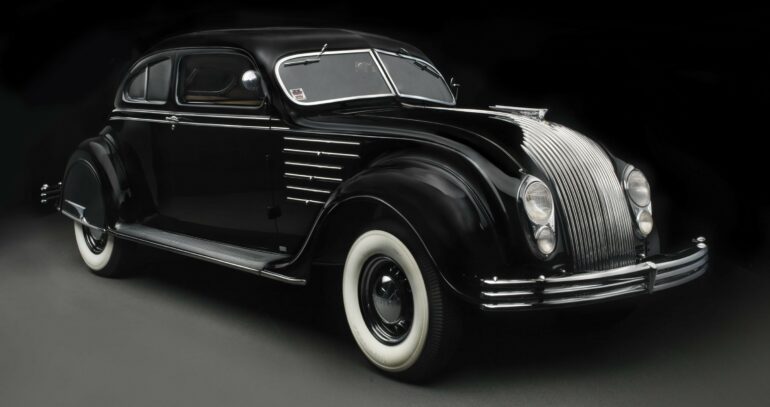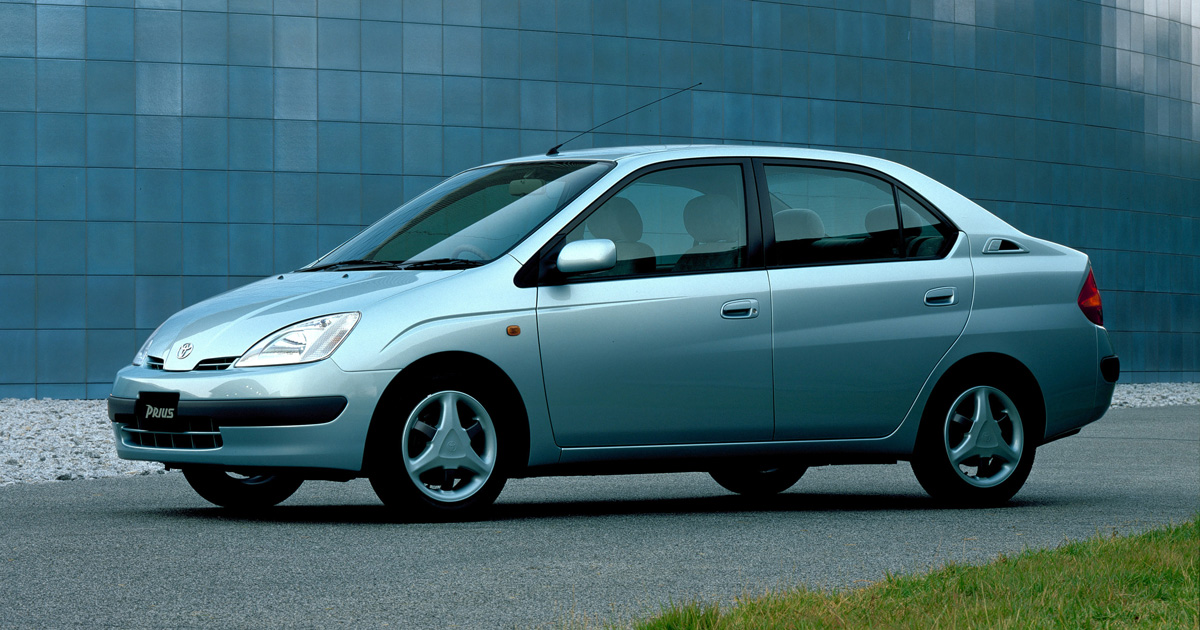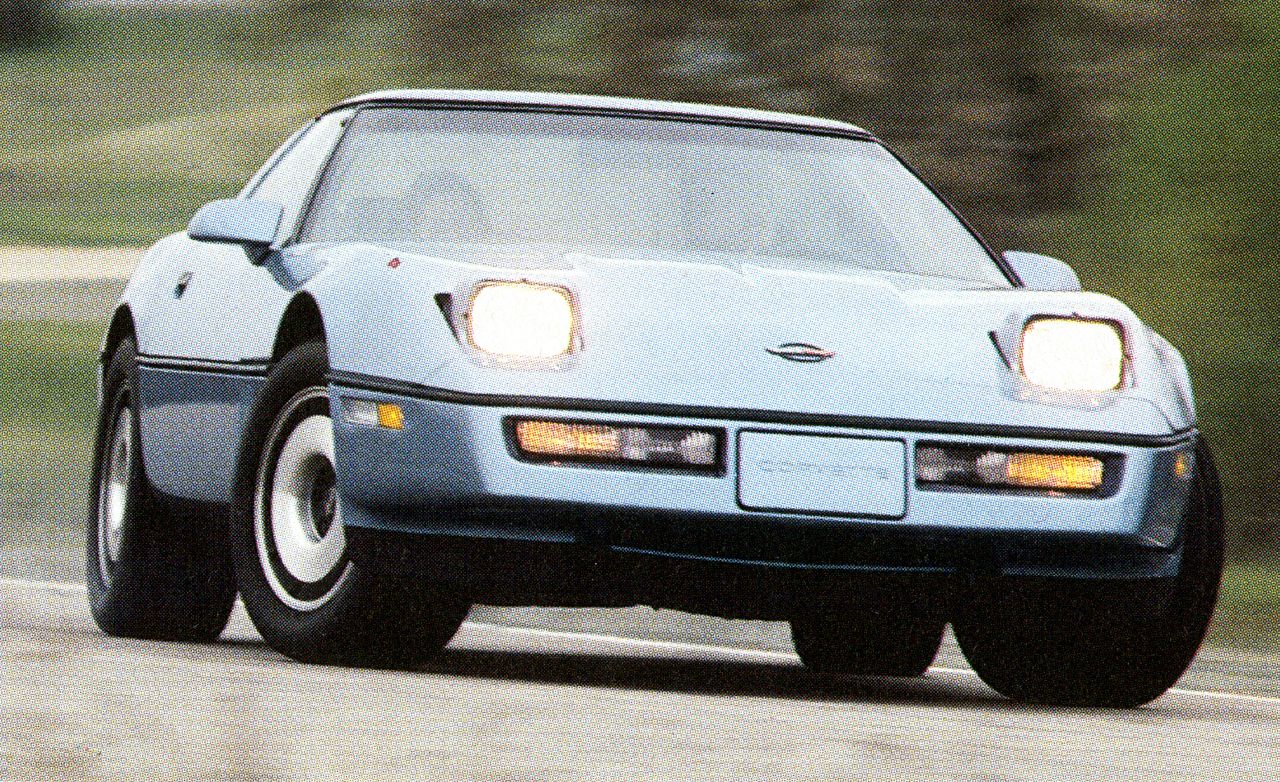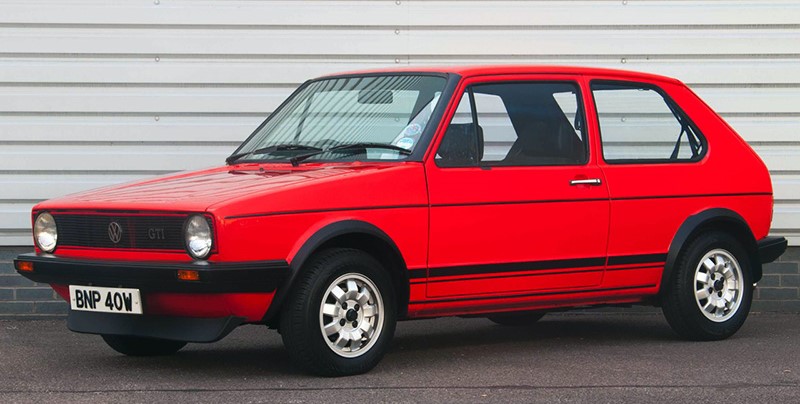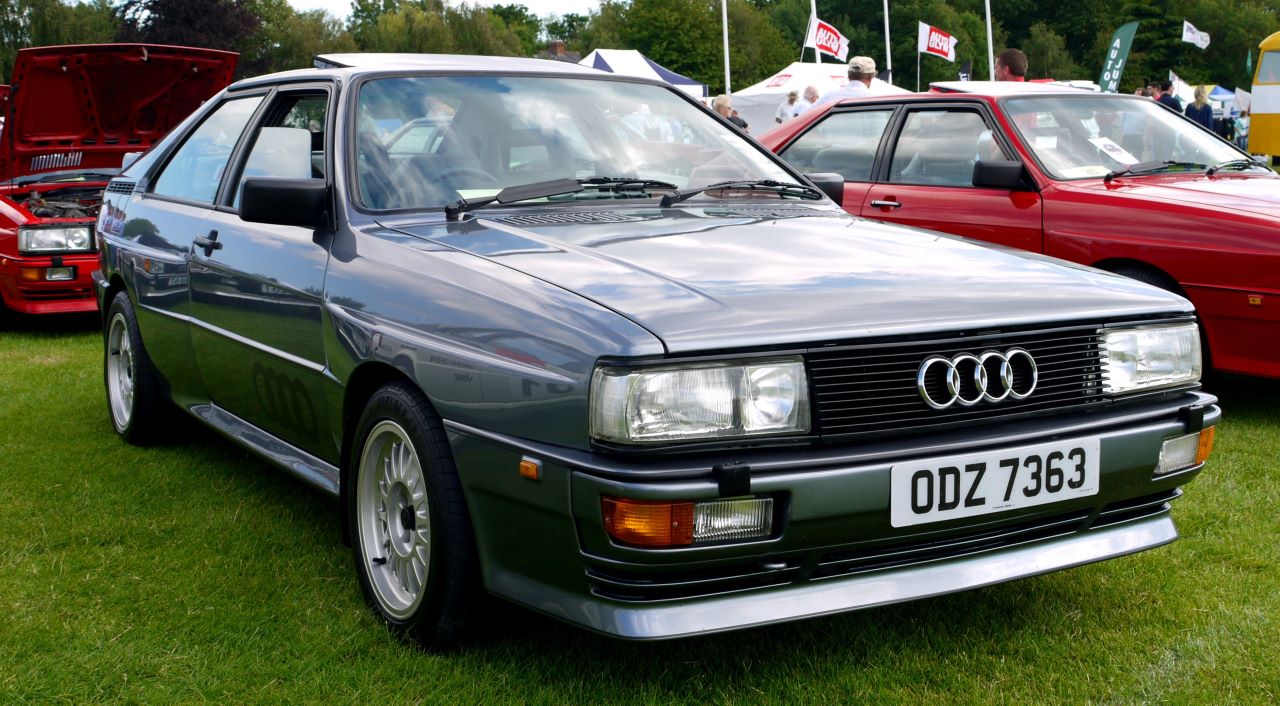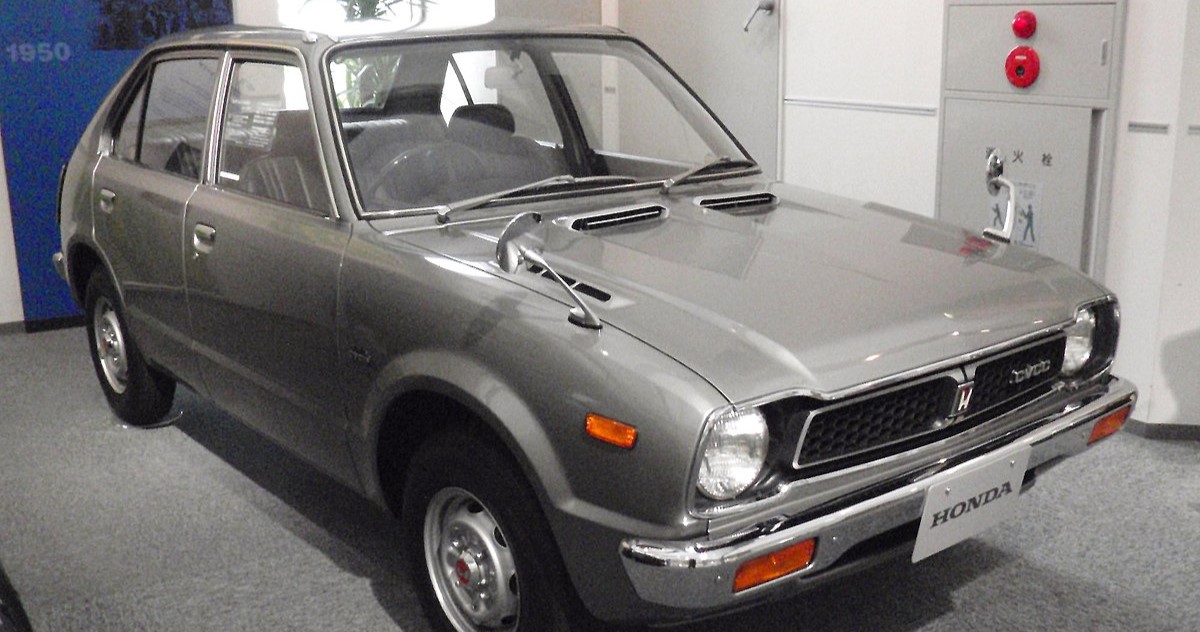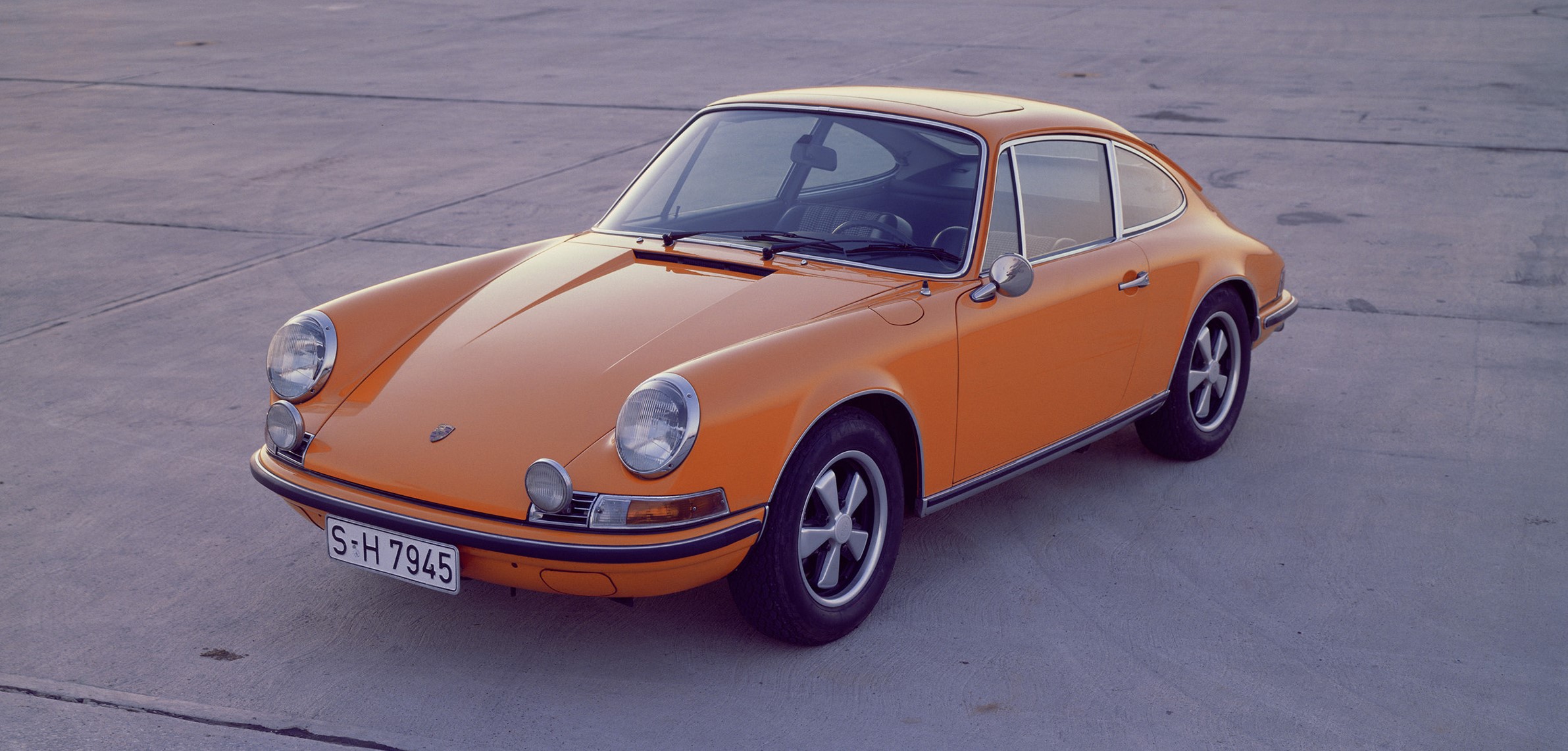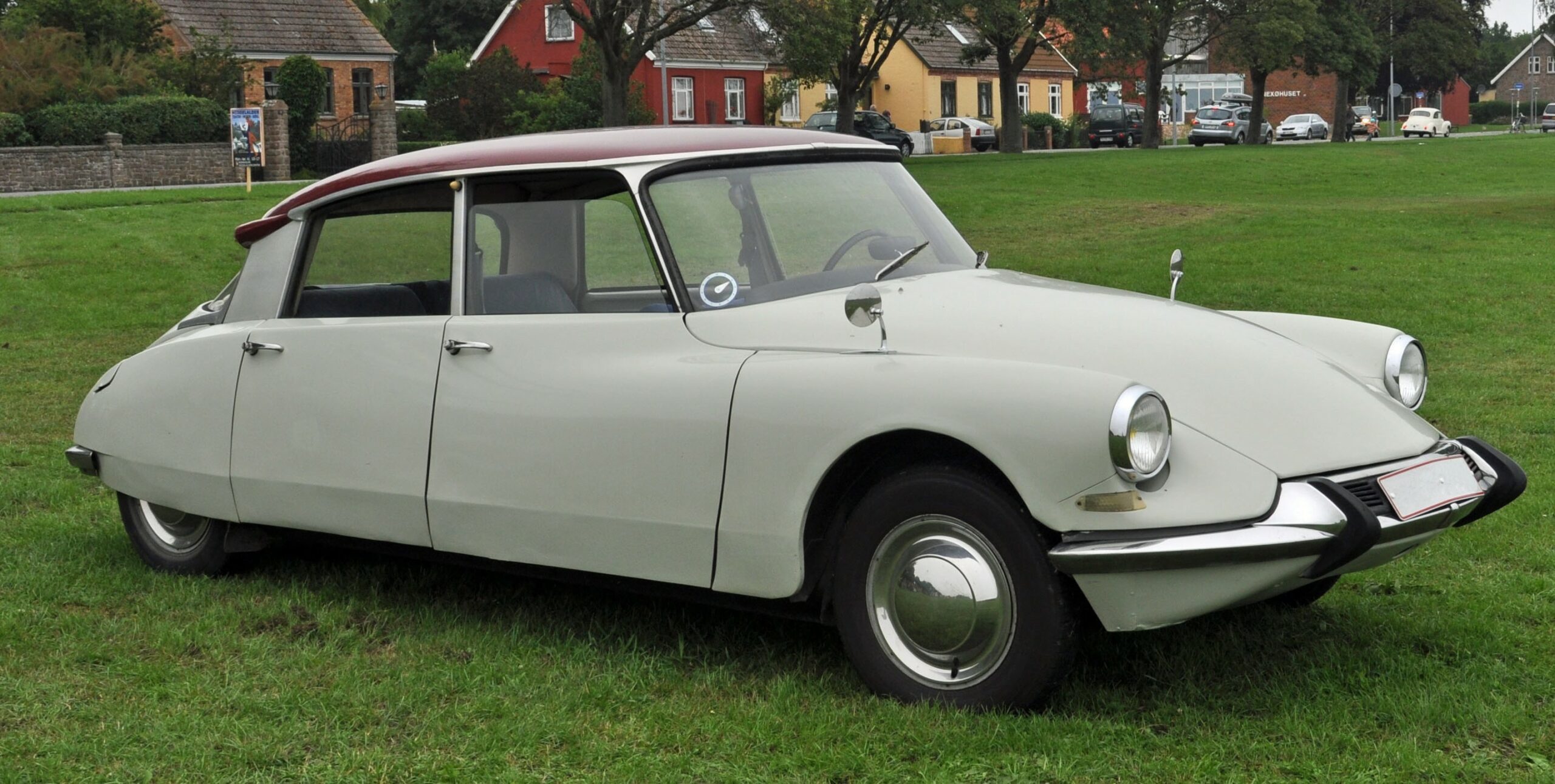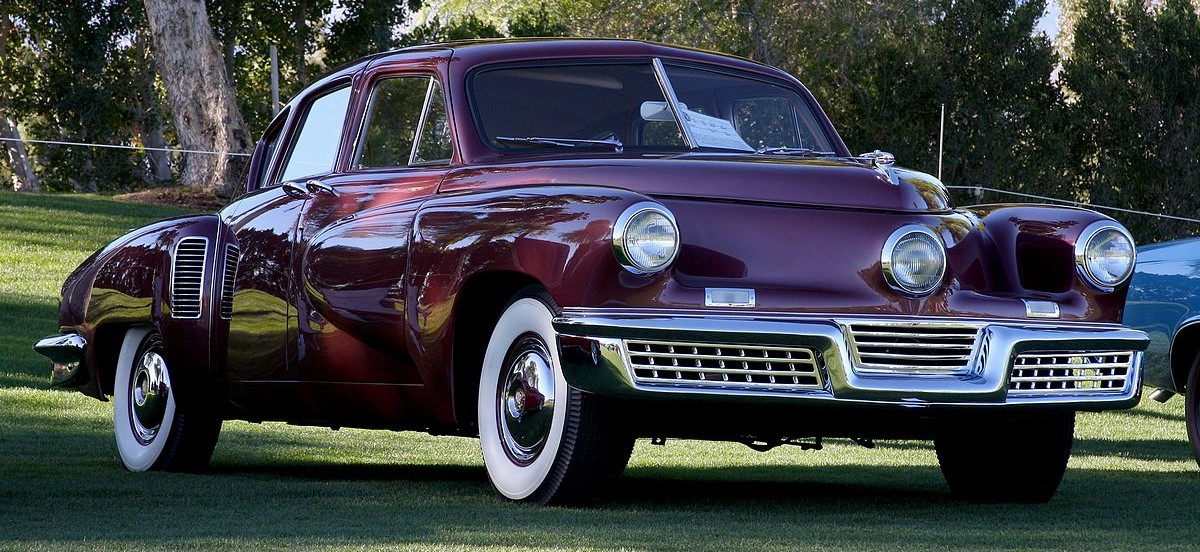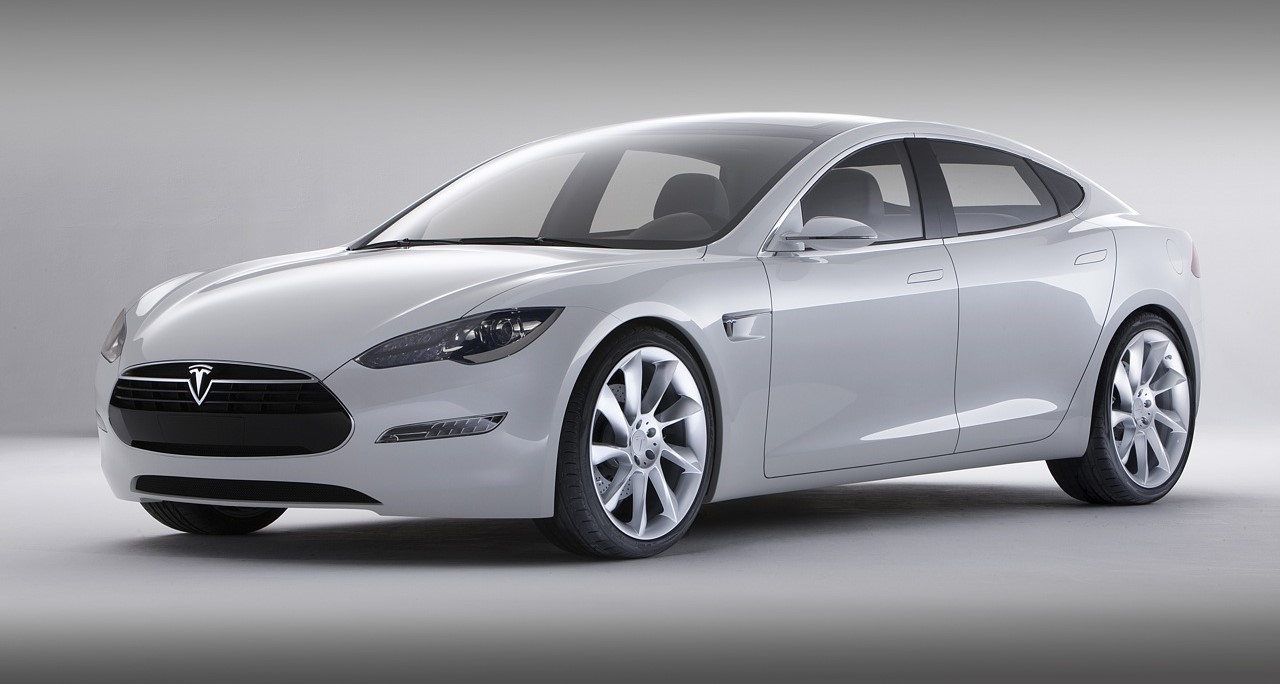The automobile industry has witnessed numerous technological advancements over the years, transforming the way we travel and shaping our modern transportation landscape. Among the vast array of vehicles produced throughout history, there have been a handful of groundbreaking cars that truly defied conventions and set new benchmarks for innovation. These visionary automobiles were not only ahead of their time but also played a significant role in shaping the future of the automotive industry.
In this blog post, we will explore the fascinating world of automotive pioneers and highlight ten exceptional cars that were truly ahead of their time. From early experiments in electric mobility to groundbreaking safety features and revolutionary design concepts, these automobiles pushed the boundaries of what was considered possible, leaving a lasting impact on the industry as a whole.
Each of the selected vehicles represents a pivotal moment in automotive history, showcasing a unique combination of visionary engineering, bold design, and forward-thinking technologies. We will delve into their remarkable features, discuss the impact they had on the industry, and explore the legacy they left behind.
Number 1. Toyota Prius (1997)
The Toyota Prius is a hybrid electric car that was first introduced in Japan in 1997. It was the first mass-produced hybrid car in the world, and its success helped to pave the way for other hybrid and electric vehicles.
The Prius is powered by a combination of a gasoline engine and an electric motor. The gasoline engine provides the primary power, while the electric motor provides assistance when needed. This allows the Prius to get up to 50 miles per gallon in the city and 49 miles per gallon on the highway.
The Prius is also known for its sleek and stylish design. It has won numerous awards for its looks, including the Car of the Year Japan award in 1997 and the Automotive Researchers’ and Journalists’ Conference Car of the Year award in Japan in 1998.
The Toyota Prius is an important car in automotive history because it helped to popularize hybrid and electric vehicles. It showed that hybrid cars could be both fuel-efficient and stylish, and it helped to create a market for other hybrid and electric vehicles.
The Prius has been very successful for Toyota. Since its introduction in 1997, Toyota has sold over 15 million Priuses worldwide. It is the best-selling hybrid car in the world, and it has helped to make Toyota a leader in the hybrid and electric vehicle market.
The Toyota Prius is a significant car in automotive history. It helped to popularize hybrid and electric vehicles, and it is the best-selling hybrid car in the world. The Prius is a symbol of Toyota’s commitment to innovation and its leadership in the automotive industry.
Number 2. Chevrolet Corvette C4 (1984)
The Chevrolet Corvette C4 was the fourth generation of the Corvette sports car, produced by American automobile manufacturer Chevrolet from 1984 until 1996. It was the first Corvette to be completely redesigned since 1968, and it featured a number of technological innovations, including a new chassis, a more aerodynamic body, and a more powerful engine.
The C4 was also the first Corvette to be offered with a convertible body style since 1975. It was available with a variety of engines, including a 250-horsepower V8, a 300-horsepower V8, and a 375-horsepower V8 in the ZR-1 model.
The C4 was a critical and commercial success, and it helped to revive the Corvette’s popularity. It was praised for its sleek styling, its powerful performance, and its handling. It was also the first Corvette to be offered with a number of advanced safety features, including anti-lock brakes and airbags.
The C4 is an important car in the annals of automotive history because it was the first Corvette to truly break out of the mold of a traditional American muscle car. It was a more sophisticated and refined car that was designed to compete with European sports cars like the Porsche 911 and the Ferrari 328. The C4 helped to establish the Corvette as a global sports car brand, and it paved the way for the more modern and advanced Corvettes that have followed.
Number 3. Volkswagen Golf GTI (1976)
The 1976 Volkswagen Golf GTI is considered to be the first hot hatch, and it is one of the most important cars in automotive history. The GTI took the basic Golf hatchback and added a more powerful engine, sport-tuned suspension, and upgraded brakes. This combination of performance and practicality made the GTI an instant hit, and it spawned a whole new genre of cars.
The GTI was powered by a 1.6-liter four-cylinder engine that produced 110 horsepower. This was enough power to propel the GTI from 0 to 60 mph in 9 seconds, which was very quick for a car of its size and weight in the 1970s. The GTI also had a top speed of 110 mph.
In addition to its performance, the GTI also offered a number of other features that made it stand out from other hatchbacks of the time. These included a sport-tuned suspension, upgraded brakes, and a unique interior with red accents. The GTI was also one of the first cars to offer a sunroof as an option.
The GTI was an instant success, and it helped to put Volkswagen on the map as a manufacturer of performance cars. The GTI also spawned a whole new genre of cars, known as hot hatches. Hot hatches are small, practical cars that offer a combination of performance and affordability. Today, there are hot hatches from a variety of manufacturers, including Volkswagen, Audi, Ford, and Honda.
The 1976 Volkswagen Golf GTI is a significant car in automotive history. It was the first hot hatch, and it helped to popularize this new genre of cars. The GTI is also a reminder that Volkswagen is capable of producing exciting and performance-oriented cars.
Number 4. Audi Quattro (1980)
The Audi Quattro is a sports car that was first introduced in 1980. It was the first production car to feature permanent all-wheel drive, which gave it a significant advantage in handling and performance in slippery conditions. The Quattro was also one of the first cars to use turbocharged engines, which further enhanced its performance.
The Quattro was a huge success for Audi, both on the road and on the racetrack. It won the World Rally Championship four times in a row from 1982 to 1985, and it helped to establish Audi as a major player in the automotive industry.
The Quattro is considered to be one of the most important cars in automotive history. It helped to popularize all-wheel drive and turbocharged engines, and it showed the world that a small German automaker could compete with the big boys.
Number 5. Honda Civic (1972)
The Honda Civic (1972) is an important car in the annals of automotive history for a number of reasons. First, it was one of the first Japanese cars to be sold in the United States, and it helped to pave the way for the success of other Japanese automakers in the American market. Second, the Civic was a very fuel-efficient car, which was important in the wake of the 1973 oil crisis. Third, the Civic was a well-designed and well-built car, and it quickly earned a reputation for being reliable and fun to drive.
The Civic was first introduced in Japan in 1972, and it was an immediate success. It was available in a variety of body styles, including a two-door coupe, a three-door hatchback, and a four-door sedan. The Civic was powered by a 1.1-liter four-cylinder engine that produced 55 horsepower. The engine was mated to a four-speed manual transmission.
The Civic was introduced to the United States in 1973, and it quickly became a popular car. It was praised for its fuel efficiency, its handling, and its affordability. The Civic was also one of the first cars to offer a number of features that are now standard on many cars, such as front-wheel drive, disc brakes, and power steering.
The Civic has been continuously produced since 1972, and it is now in its eleventh generation. The Civic has been a global success, and it is one of the best-selling cars in the world. The Civic is a testament to Honda’s engineering and design skills, and it has helped to make Honda one of the most successful automakers in the world.
Number 6. Porsche 911 (1963)
The Porsche 911 is a sports car that has been in continuous production since 1963. It is one of the most iconic and successful sports cars ever made, and is considered by many to be the benchmark for all other sports cars.
The 911 was designed by Ferdinand Alexander Porsche, grandson of Ferdinand Porsche, the founder of Porsche AG. The car was originally known as the 901, but the name was changed to 911 before it went on sale due to a trademark dispute with Peugeot.
The 911 was initially powered by a 2.0-liter, air-cooled, flat-six engine that produced 130 horsepower. The engine was later enlarged to 2.4 liters and 2.7 liters, and power output increased accordingly. The 911 has always been available with a manual transmission, and a four-speed automatic transmission was offered from 1967 to 1998.
The 911 has been praised for its handling, performance, and style. It has won numerous awards, including the European Car of the Year award in 1974. The 911 has also been used in motorsports, and has won numerous races, including the 24 Hours of Le Mans.
The Porsche 911 is an important car in the annals of automotive history. It is one of the most successful and iconic sports cars ever made, and has set the standard for all other sports cars. The 911 is a testament to the engineering and design expertise of Porsche, and is a true automotive icon.
Number 7. Citroën DS (1955)
The Citroën DS is a car that needs no introduction. It is one of the most iconic and influential cars ever made, and its design and technology were years ahead of its time. When it was first unveiled at the Paris Motor Show in 1955, it caused a sensation and was instantly hailed as a masterpiece.
The DS was the brainchild of Citroën engineer André Lefèbvre, who had a vision for a car that would be both luxurious and technologically advanced. He worked with Italian designer Flaminio Bertoni to create a car that was both beautiful and aerodynamic. The result was a car that was unlike anything else on the road.
The DS was powered by a 2.1-liter four-cylinder engine, but it was its suspension and braking systems that really set it apart. The DS was the first mass-produced car to be equipped with hydropneumatic suspension, which gave it a smooth, comfortable ride. It was also the first mass-produced car to be equipped with disc brakes, which provided excellent stopping power.
The DS was an instant success, and it quickly became one of the most popular cars in Europe. It was also exported to the United States, where it was met with a mixed reception. Some Americans loved the car’s futuristic design and advanced technology, while others found it too strange and expensive.
The DS was produced for nearly 20 years, and over 1.4 million units were built. It was eventually replaced by the Citroën SM in 1975, but the DS remains one of the most iconic and beloved cars of all time. It is a car that is still admired for its innovative design and groundbreaking technology.
Number 8. Tucker 48 (1948)
The Tucker 48, also known as the Tucker Torpedo, was an automobile conceived by Preston Tucker while in Ypsilanti, Michigan and briefly produced in Chicago, Illinois in 1948. Only 51 cars were made before the company was forced to declare bankruptcy and cease all operations on March 3, 1949.
The Tucker 48 was a revolutionary car for its time. It featured many safety features that were not found on other cars, such as a padded dashboard, a center headlight that swiveled with the steering wheel, and a rear-mounted engine that protected passengers in the event of a rear-end collision. It also had a number of innovative design features, such as a wraparound windshield, a space-age grille, and a streamlined body.
The Tucker 48 was praised by many for its advanced safety features and innovative design. However, it was also criticized for its high price and for being too different from other cars on the market. In addition, Tucker was accused of stock fraud, and he was put on trial. Although he was acquitted, the negative publicity surrounding the trial hurt the company’s reputation.
Despite its short production run, the Tucker 48 is considered to be one of the most important cars in automotive history. It was a pioneer in safety features, and it helped to pave the way for the modern automobile. Today, Tucker 48s are highly sought-after collector’s items, and they can fetch millions of dollars at auction.
Number 9. Chrysler Airflow (1934)
The Chrysler Airflow was a full-size car produced by Chrysler from 1934 to 1937. It was the first full-size American production car to use streamlining as a basis for building a sleeker automobile, one less susceptible to air resistance. Chrysler made a significant effort at a fundamental change in automotive design with the Chrysler Airflow, but it was ultimately a commercial failure due to a lack of market acceptance and controversial appearance.
The Airflow was designed by Chrysler’s chief engineer, Carl Breer, who was inspired by the work of airframe designers. The car featured a low-slung body with a sloping hood and decklid, a wraparound windshield, and a fully enclosed grille. The Airflow also had a number of innovative engineering features, including a unitary body construction, independent front suspension, and hydraulic brakes.
Despite its advanced design, the Airflow was not well-received by the public. Many people found the car’s appearance to be too radical, and they were also concerned about its handling and performance. Sales were slow, and Chrysler was forced to make a number of changes to the car in an attempt to improve its appeal. However, these changes were not enough, and the Airflow was discontinued after only four years.
Despite its commercial failure, the Chrysler Airflow is an important car in automotive history. It was the first mass-produced car to use aerodynamics as a design principle, and it helped to pave the way for the more aerodynamic cars that would come later. The Airflow’s innovative engineering features also helped to advance the automotive industry.
The Chrysler Airflow is a fascinating car that is often overlooked in automotive history. It was a bold attempt to build a car that was both stylish and efficient, and it helped to lay the groundwork for the cars that we drive today.
Number 10. Tesla Model S (2012)
The Tesla Model S is an electric luxury sedan that was first introduced in 2012. It was the first mass-produced electric car that could compete with gas-powered cars in terms of performance, range, and luxury. The Model S quickly became a success, and it helped to popularize electric cars and make them more mainstream.
The Model S is important in the annals of automotive history for several reasons. First, it was one of the first electric cars to achieve mainstream success. Before the Model S, electric cars were often seen as niche vehicles that were only suitable for city driving. The Model S proved that electric cars could be practical for long-distance travel and could compete with gas-powered cars in terms of performance and luxury.
Second, the Model S helped to popularize the use of lithium-ion batteries in electric cars. The Model S was one of the first electric cars to use lithium-ion batteries, which are much lighter and have a longer range than older battery types. This helped to make electric cars more practical and appealing to consumers.
Third, the Model S helped to pave the way for other electric cars. The success of the Model S showed that there was a market for electric cars, and it inspired other automakers to develop their own electric vehicles. In the years since the Model S was introduced, many other automakers have introduced electric cars, including the Nissan Leaf, Chevrolet Bolt, and Tesla Model 3.
The Tesla Model S is a significant car in the history of automotive design, and it helped to usher in a new era of electric cars. It is a car that is both stylish and practical, and it has helped to make electric cars more mainstream.
